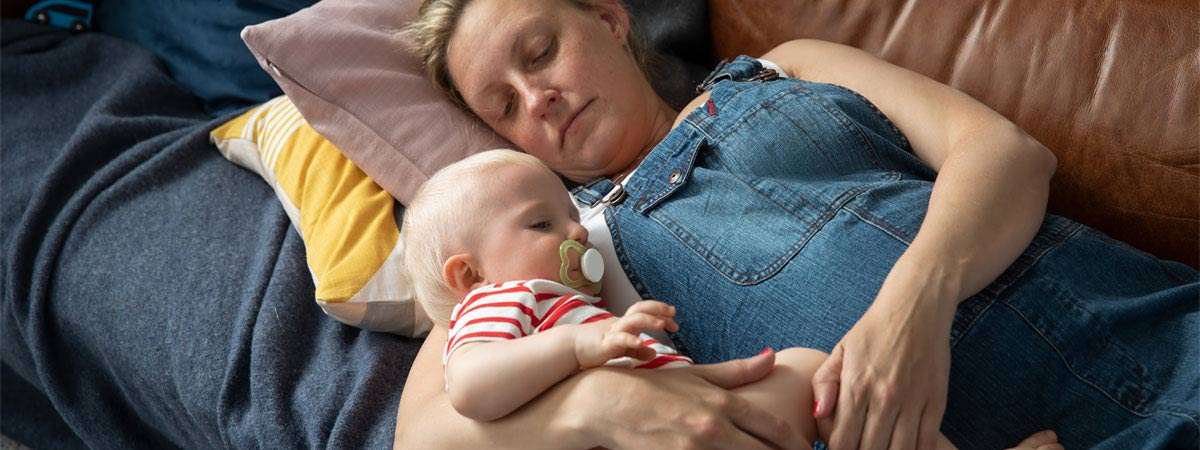
High temperatures and febrile seizures in babies
Do you suspect your child is sick? Has their snot turned from clear to greenish yellow? Does your child feel hot and feverish? Here is some advice on what to do if your young child has a temperature.
Taking their temperature
If your child seems happy and content, and is eating as normal, then they're probably not that sick. Children up to the age of two have more trouble regulating their body temperature than older children and adults. Which is why babies can have a slightly raised temperature without it meaning that they are sick.
If your child seems lethargic or very hot - and it's not because they've been wearing too many clothes - you should take their temperature.
With young children, you can take their temperature in their bottom or their ear, you can usually use an oral thermometer on older children.
Should we seek medical assistance?
Contact the hospital or paediatric clinic to determine the cause if
- their temperature is above 38°C after half an hour's rest and the child is less than 3 months old
or
- their temperature is above 39°C after half an hour's rest and the child is between 3-6 months old.
When they've got a cold, children are generally cranky and unhappy, with a temperature of around 38.5 ºC or higher.
If you suspect your child has a bacterial infection, like an ear infection, you should take them to a doctor.
You can always call the medical advice hotline if you are unsure of whether you need to seek medical assistance or not.
Good advice for when your child has a temperature
If your child has a slight temperature, you can try the following:
• Remove a few clothes.
• Keep the room cool.
• Don't put your child to bed under a thick duvet.
• Offer your child small meals and fluids now and then.
• Give your child an antipyretic, for example, liquid medicine containing paracetamol. For children under three months, you should seek advice from your paediatric clinic or doctor before administering medicine.
Remember that a temperature is a natural sign that the body is fighting an infection.
Febrile seizures
Some children can get seizures as their temperature rises. The child's body becomes rigid and starts to spasm, and they will usually lose consciousness briefly.
Febrile seizures are not dangerous but they can look scary.
If it's the first time your child has had one, you should still seek medical attention to eliminate the possibility of other reasons for the seizure.


